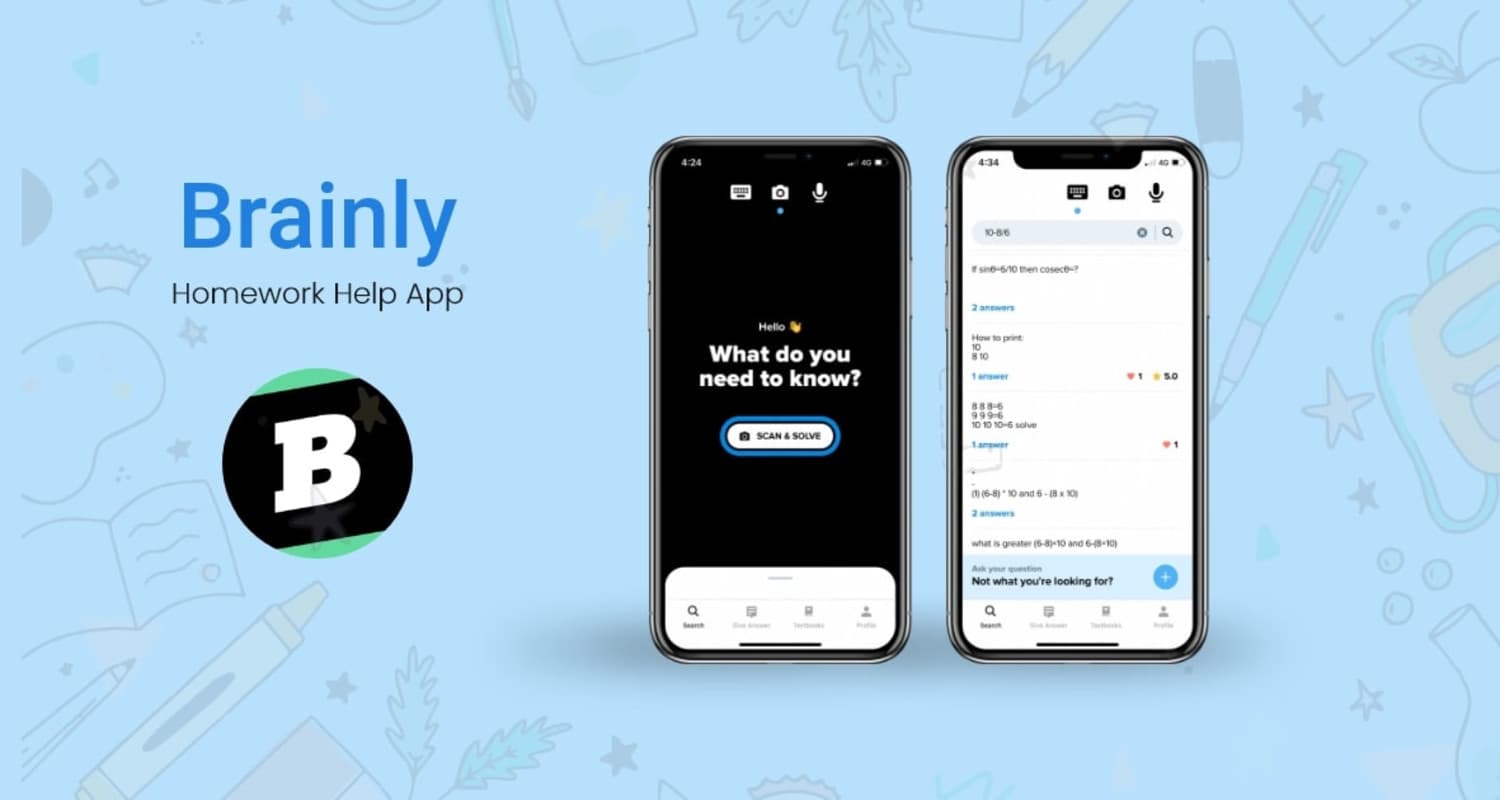Case StudyInternal Product Team: Internal Product Teams - Enhancing Collaboration through a Unified Design System
Brainly, an educational technology company, faced significant challenges in maintaining consistency and efficiency across its design and development teams. As the company grew, the lack of a unified design system led to duplicated efforts, inconsistent user experiences, and communication barriers between designers and developers. This fragmented approach hindered the ability to scale products effectively and maintain a cohesive brand identity.

The Solution
Brainly implemented a comprehensive design system with the following steps:
- Assessment and Goal Setting: Identifying the primary pain points in the current design and development workflow. Establishing clear goals for the design system to improve efficiency, consistency, and collaboration.
- Cross-Functional Team Formation: Creating a dedicated team comprising designers, developers, and product managers to lead the design system initiative.
- Component Library Creation: Developing a centralized library of reusable components that adhere to Brainly’s brand guidelines. This library included UI elements, patterns, and templates.
- Tool and Technology Integration: Selecting tools and platforms that support seamless integration of the design system into existing development workflows. Ensuring compatibility with popular design and development software.
- Documentation and Guidelines: Producing comprehensive documentation that outlines how to use the design system, including best practices, usage guidelines, and coding standards.
- Training and Onboarding: Conducting training sessions and workshops to educate team members on the benefits and usage of the design system. Providing continuous support and resources to facilitate adoption.
- Feedback Loop: Establishing a continuous feedback mechanism to gather input from users of the design system. Regularly updating and refining the system based on user feedback and evolving needs.
Outcomes achieved
The implementation of the design system at Brainly led to several positive outcomes:
- Improved Consistency: The unified design system ensured a consistent user experience across all products, enhancing the overall brand identity.
- Enhanced Efficiency: Designers and developers were able to work more efficiently by reusing components from the centralized library, reducing duplication of efforts.
- Better Collaboration: The design system bridged communication gaps between design and development teams, fostering a more collaborative and harmonious working environment.
- Scalability: The design system provided a scalable framework that could easily adapt to new projects and evolving design requirements, supporting Brainly’s growth.
- Quality and Innovation: With a robust foundation in place, teams could focus more on innovation and quality improvements rather than repetitive tasks, driving better product outcomes.
- Employee Satisfaction: The streamlined processes and improved collaboration contributed to higher job satisfaction among team members, as they could see the direct impact of their work on the company’s success.
